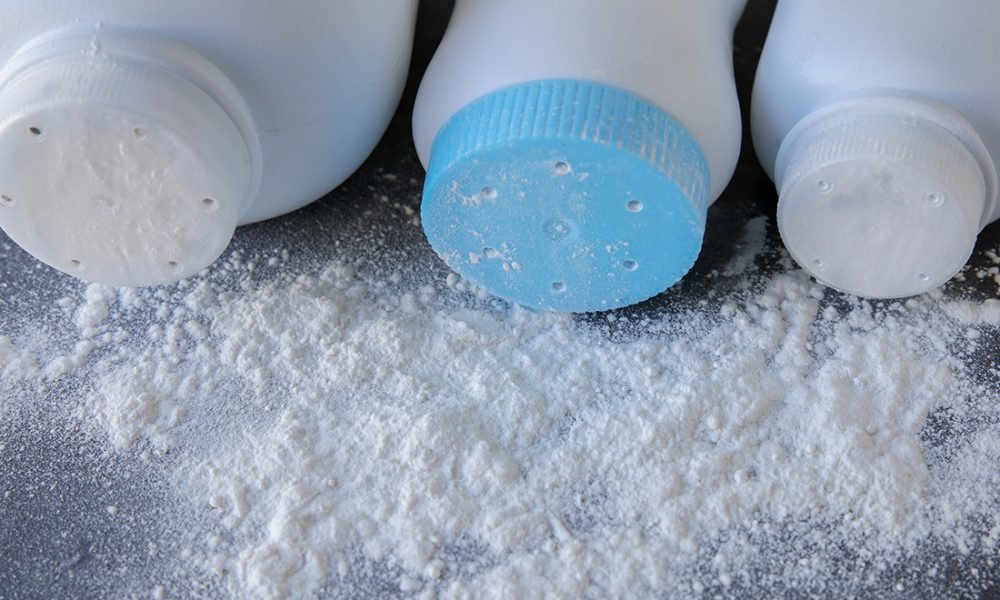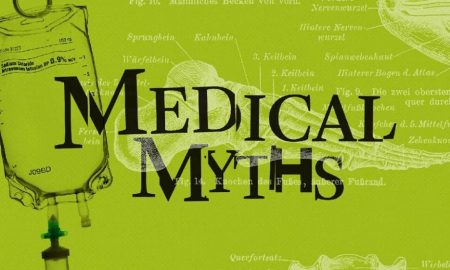
Johnson & Johnson Lawsuits Against Cancer-Causing Talcum Powder Continue

Gloria Ristesund has won a court case against Johnson & Johnson cosmetic firm on the issue of contracting ovarian cancer in 2011 after using the firm’s talcum power for over three decades and a half. The payment for the damages is $35 million, and the court passed the verdict at St. Louis.

This is a shocking development in the cosmetic industry because talcum powder has been on the market for more than half a century in many homes with no record of a petition filed by any family. In fact, it’s a favorite on their dressing tables for both adults and infants. Now with the complaint by the Ristesund family, the public have something else to look into.
The outcome of the jury has mandated Johnson & Johnson to compensate this family with immediate effect. This is the second court case against the company because there has been one accusation from one family some months ago in which the firm also lost. This recent cancer issue led to the death of Gloria, and her family took up the matter in the litigation way.
The two families were users of talc for many years. However, some discoveries showed that dangers could be caused by certain means of applying talc to the body.
In 3 months, Johnson & Johnson was slammed with these appalling legal lawsuits which have caused them a huge amount of money. As if that was not enough, other accusations are still coming forth.

In an attempt to wash their name clean, Johnson & Johnson released a declaration that says talcum powder does not infect people with cancer or any other diseases.
In a statement made by their spokesperson on consumer use, Carol Goodrich, several supervisory checks, and scientific tests have confirmed that talcum powder is free from cancerous agents, so it is certified safe for consumption. She said the tag on the bottle is also credible.
Now health experts and the general public are studying the gravity of the lawsuits as they concern the talc usage and its risks. Many questions begging for answers have arisen over this matter. Some of the questions are treated below.

Does talc really contain disease-carrier agents?
Reputable health consortium is treading softly on the definite reply to this query, but they admitted that some peculiar means of applying talc are linked to health dangers. One of these health bodies is CDC, which has not specified any harmful channel of talc usage, either chemical or physical. However, they acknowledged the act of breathing in the particles as unsafe.
According to the International Chemical Safety Card specifically mandated to study talc, when the powder is inhaled, the swallowed particles are likely to affect the lungs, causing it to infect the victim with pneumoconiosis.
Some pediatricians have constantly advised parents to desist from applying talc on babies to avoid aspiration. The American Adacemy of Pediatrics published a warning during the 1960 era, which contained the importance of doing away with talc powder application on babies to prevent aspiration.
Can someone get cancer by using talc?
Talc does not necessarily carry cancer carcinogen, says the Association of American Cancer Society, but they suspected that when talc particles get into the private parts of the users, it may bring out the growth of ovarian cancer, whether powder meant for babies or the ones made for the body.
Corroborating this suspicion is The International Agency for Research on Cancer. The agency affirmed that the application of talc on the anus and reproductory organs of the body might cause cancer. In addition to that, ACS noted that since talc is a natural mineral product, it can be laced with asbestos particles.
How can talc products be identified?
Makeup items like powders, eyeshadow, and blush, are culpable carriers of talc. This is because talc is a drying agent that helps to clean up moisture on the face and is usually included in the production of cosmetics due to its opaque and matte elements. Some food items also make use of talc, but under the food regulatory law, it is safe.
Furthermore, the agency for Food and Drug Administration also released names of cosmetic products where traces of talc can be found.
Noteworthy is the fact that FDA can only scrutinize food and drugs but not beauty products that have to do with cosmetics. However, FDA monitors the marketing growth of cosmetics to give them the safety tags compulsory under the customary conditions Act.
One of the cancer victims who sued Johnson & Johnson accused them of not giving enough warning on the dangers of talc body powder which would have helped customers to be more careful with its application.
More in Medical Conditions
-
Worried About Diabetes? Here Are Some Common Myths
There are several myths about diabetes that are frequently reported as facts. Diabetes misrepresentations can sometimes be harmful, leading to an...
June 29, 2023 -
Many Patients Pay Their Medical Costs Out Of Their Pockets – Even With Insurance
With rising inflation, it has become difficult for people to even fulfill their basic necessities. They are more concerned about how...
June 6, 2023 -
What Is The Right Weight For Kids And How To Gain Weight Healthily
Keeping your child happy and healthy is the primary concern of every parent. Parents usually focus on providing their young ones...
May 12, 2023 -
Thyroid Disorders in Children: What Parents Need to Know
Thyroid disorders are not limited to adults; they can also affect children. The thyroid gland produces hormones that play a crucial...
April 29, 2023 -
Should Doctors Attend To Patients With ‘Do Not Resuscitate Tattoos’?
Doctors at the University of Miami hospital were confronted with a dilemma when a 70-year-old unconscious man with a tattoo “do...
April 3, 2023 -
Your Antidepressant May Not Work If You Keep Doing This One Thing
People use social comparison to measure their self-worth. Social comparison has been in existence since time immemorial, and it is as...
April 1, 2023 -
Pro Tips on Preventing Hair Breakage While Keeping Your Hair Moisturized at Home
Every one of us is thinking a lot about how to forestall hair breakage and keep them moisturized at home. Since...
March 22, 2023 -
Planning to Travel After Retirement? This is the Best Medicare Coverage for You
Does Medicare insurance go with you once you are out of the country? It’s currently open enrollment period, and while planning...
March 14, 2023 -
Lumeris, A Medical Insurance Provider, Expands Into 5 New States & 44 Counties
Lumeris is one of the leading insurance providers in the United States. For years, the Saint Louis, Missouri-based firm has been...
November 8, 2022















You must be logged in to post a comment Login